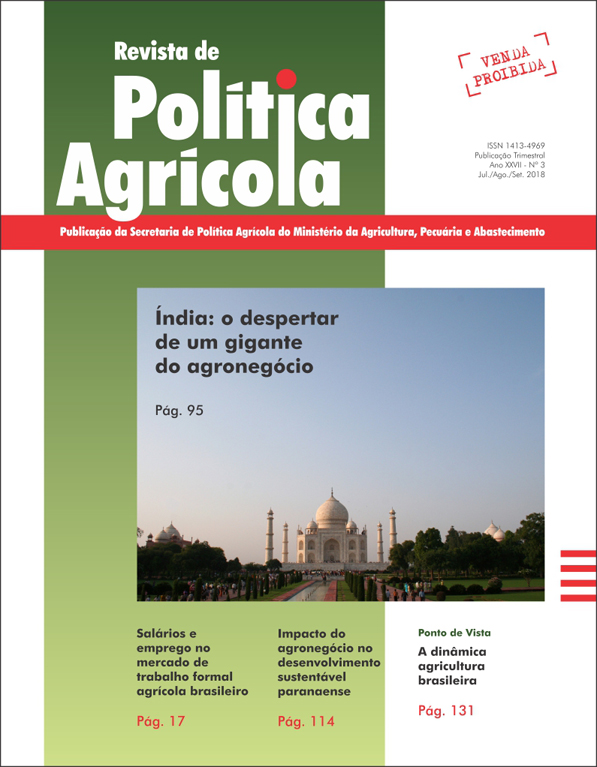Effects of P1+2 Program on agricultural diversification
Keywords:
agricultural diversification, food security, SemiaridAbstract
The objective of this work is to measure the effects generated by the rainwater harvesting technologies implemented through the Uma Terra e Duas Águas Program (P1+2) on the agricultural diversification of the small rural properties of the semi-arid region, through a study of the municipality of Jardim (EC). The method used to compare the level of agricultural diversification between beneficiaries and non-beneficiaries of P1+2 was the Propensity Score Matching (PSM). It was observed that the majority of the producers interviewed presented in their properties characteristics of subsistence agriculture, with the production directed mainly to self-consumption. It was also noticed that, for both groups, the crops with the most widespread production were beans, cassava, corn, andu and vegetables in general. It was concluded that, P1+2 had positive effects on the level of diversification of agricultural crops, livestock and livestock products, developed in the rural properties of the semi-arid region.Downloads
Published
2019-03-29
How to Cite
Alencar, M. O. de, Alves, D. F., Justo, W. R., & Araujo, J. A. de. (2019). Effects of P1+2 Program on agricultural diversification. Revista De Política Agrícola, 27(3), 45–59. Retrieved from https://rpa.sede.embrapa.br/RPA/article/view/1443
Issue
Section
Artigos Científicos


